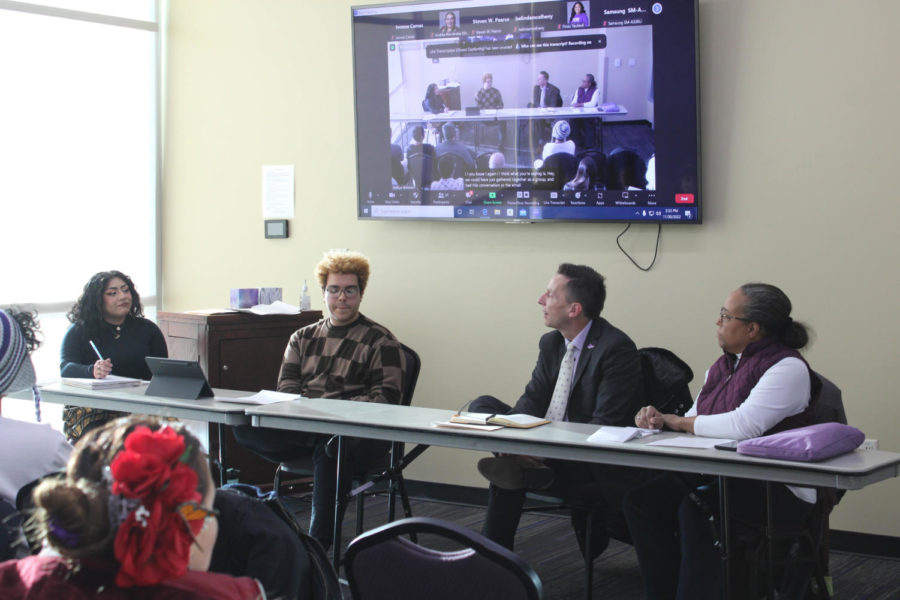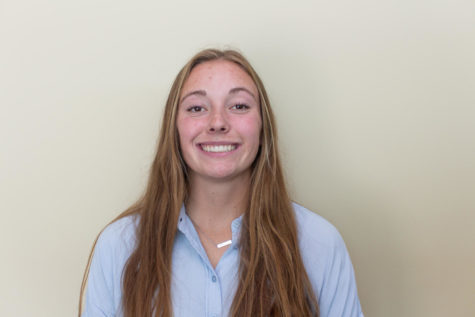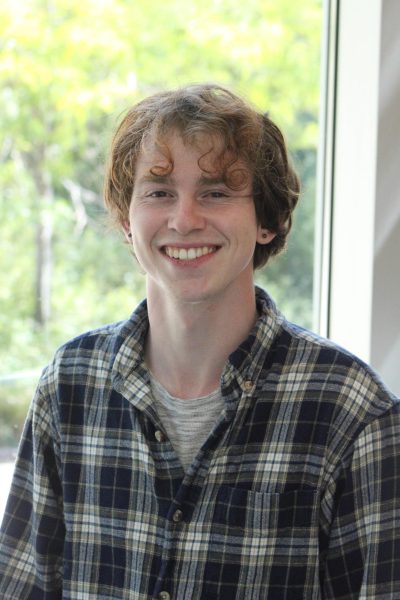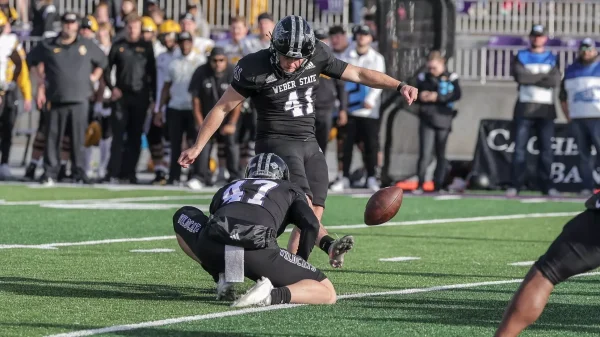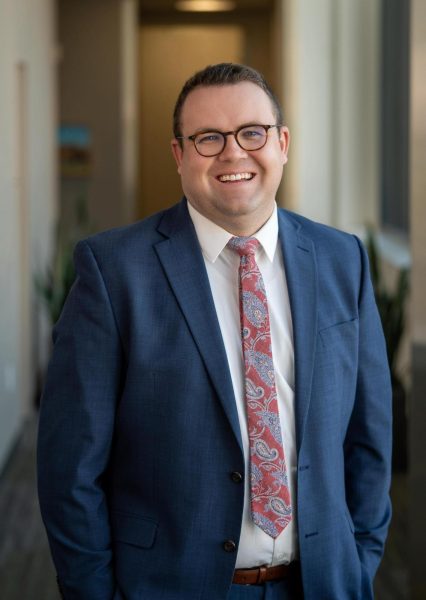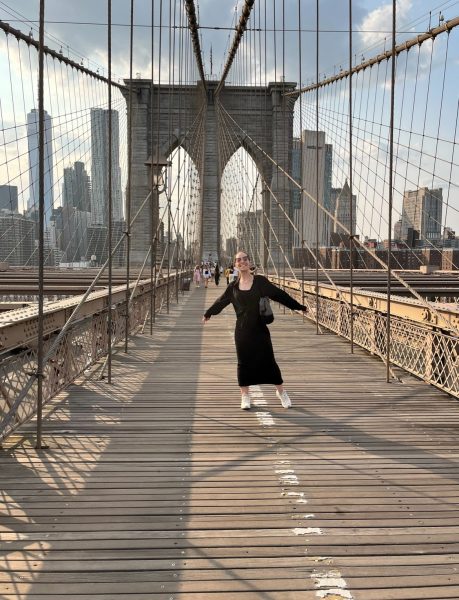The closure of the CME: Weber’s new plan for inclusivity
Lexie Andrew
Weber State University students received an unexpected shock when a campus-wide email was sent out detailing the closure and changes happening to the Center for Multicultural Excellence on Nov. 18. These changes included separating the CME into identity-based centers called cultural centers.
The CME supports Black or African American, Hispanic or Latino, Native American, Pacific Islander and Pan-Asian students. Each of these groups previously received support through the CME to help with their educational success.
With the transition to the cultural centers, students who identify with these groups will still receive the support they need, however each will now have their own space. There will also be a space dedicated to the Dreamer Services to help undocumented students with financial stress and to answer any questions.
WSU President Brad Mortensen said they are hoping to eventually create a space that’s like the Women’s Center and Veterans Services.
Right now, one of the two spaces designated for these centers is where the Center for Diversity and Unity was previously located on the second floor of the Shepherd Union building, next to KWCR. The second space is where the current CME room is located in the Student Services Center.
“That opportunity looks like creating cultural centers that both create belonging and spaces and opportunities for education for folks,” Adrienne Andrews, vice president of Equity, Diversity and Inclusion and chief diversity officer, said.
Students who don’t identify with these groups can go to these respected centers to learn about these groups to gain a better understanding and be more aware and inclusive, and for those that do, the cultural centers will continue to be a place where they can find cultural support.
“One thing that the CME has done really well, and we want to make sure that this transitions and even expands with the cultural centers is some for the programming that they’ve done for the different affinity groups, whether that’s like Ballet Folkorico or supporting the different clubs … or just kind of make sure that the different centers all help provide cultural support,” Mortensen said.
The cultural centers are for students to not only feel like they have a place at their cultural centers, but also around campus.
“Now is the time to really kind of lean in and figure out how we can take the next step in serving our students of all backgrounds and be even more inclusive,” Mortensen said. “This is hopefully one way to try to do that.”
Those working in the centers will be there to support students and act as a gateway to help them with their success and connect them with other resources around campus.
The centers will support students in educational success along with finding support with their identities while bridging a gap between the cultural centers and the rest of the university.
Lulu Faumui-Latu-Peters, a multicultural retention counselor, said students are likely to come to the CME first because they feel comfortable there, and not necessarily in other areas, on campus.
Jan. 3 was the official start date of transitioning from the CME into the cultural centers. The University will be seeking feedback from students and faculty about what they want their cultural centers to look like.
Mortensen said the first steps in the transition was changing titles and roles of the staff that worked in those areas. However, the top priority is talking with students.
When these changes were announced, students felt like they were not involved in the decision-making process and didn’t understand what was happening.
Since the announcement, Mortensen and Andrews have continuously met with students to gain their ideas and thoughts on the transition.
Ilaisaane Toa, the undergraduate leader liaison for Pacific Islander initiatives, said that she was okay with the decision and just didn’t agree with how it came out, but she hopes to have the opportunity to make the development of the cultural centers into a team effort.
Marieanna Mann Martelly, the African Diaspora undergraduate leader, agrees with Toa and is concerned for the community and hopes they are able to give students the support they need.
“It’s a blank slate for students to really think about what they want from these centers,” Faumui-Latu-Peters said. “And so, first and foremost, finding a common ground for us to start that conversation and then working with students to really figure out what it is that they envision. Not just them, but our community, because they also have a role in these programs, because there’s a lot of collaborative work that happens not just on campus, but in our communities and then with our colleagues.”
The conversations happening around these centers are an opportunity for university leaders and students to come together to build spaces and help students feel like they belong at Weber State University.


